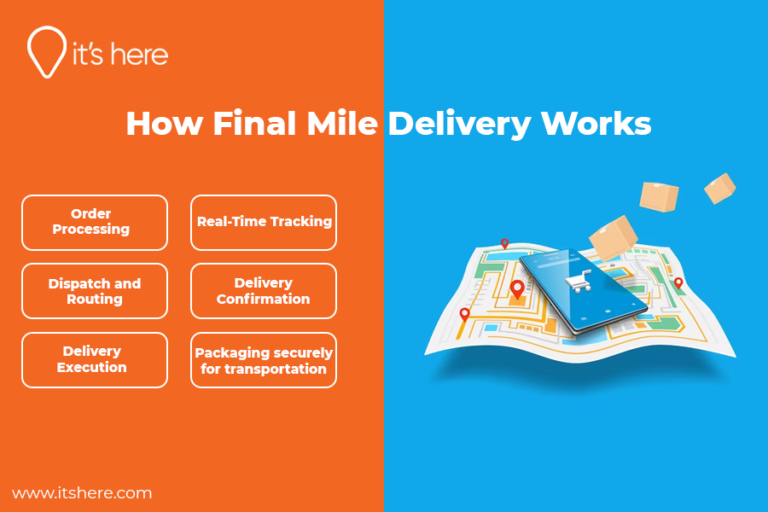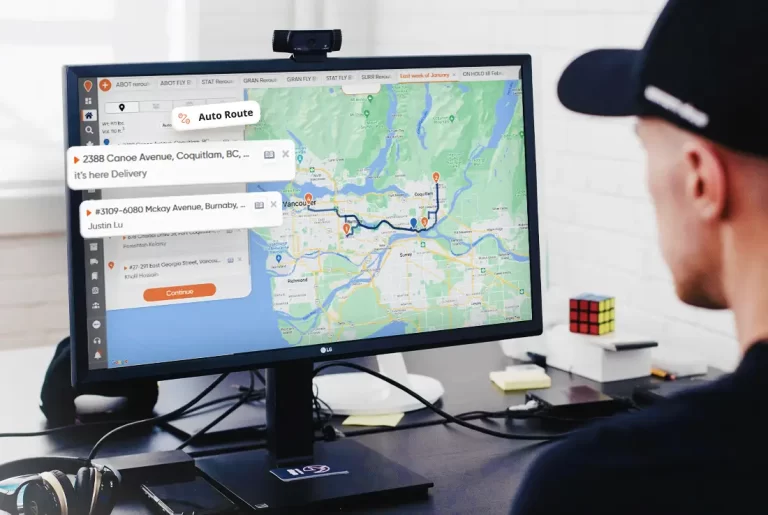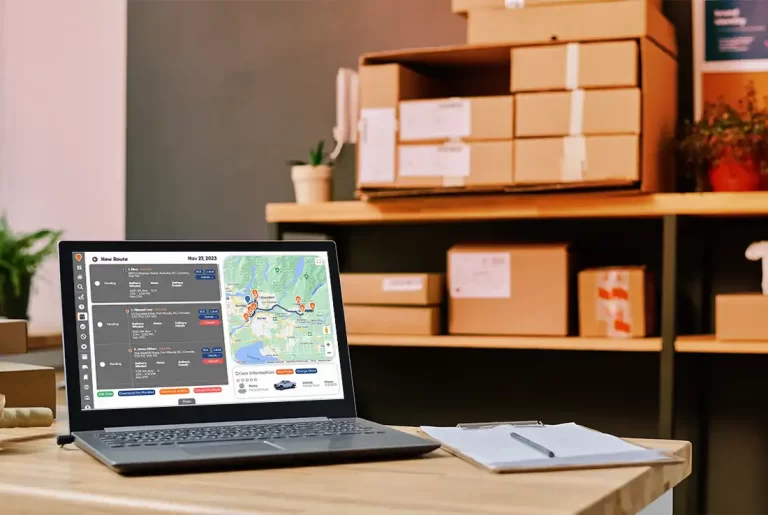Final Mile delivery, the final leg of the logistics journey, is a crucial stage in the supply chain that focuses on delivering goods from a distribution center or retailer directly to the end customer’s doorstep. This article delves into the intricacies of last-mile delivery, detailing exactly how your package arrives.
Understanding the Final Mile Delivery Process
Let’s delve into the intricacies of how Final Mile Delivery Works, encompassing a series of steps to ensure efficient and successful delivery to the custom
1. Order Processing and Preparation
After an order is made online, it proceeds through processing and preparation. This involves confirming order details, selecting items from the warehouse, and securely packaging them for transport. Inventory management systems and order fulfillment technologies are crucial in optimizing this process, including live order tracking.
2. Dispatch and Routing
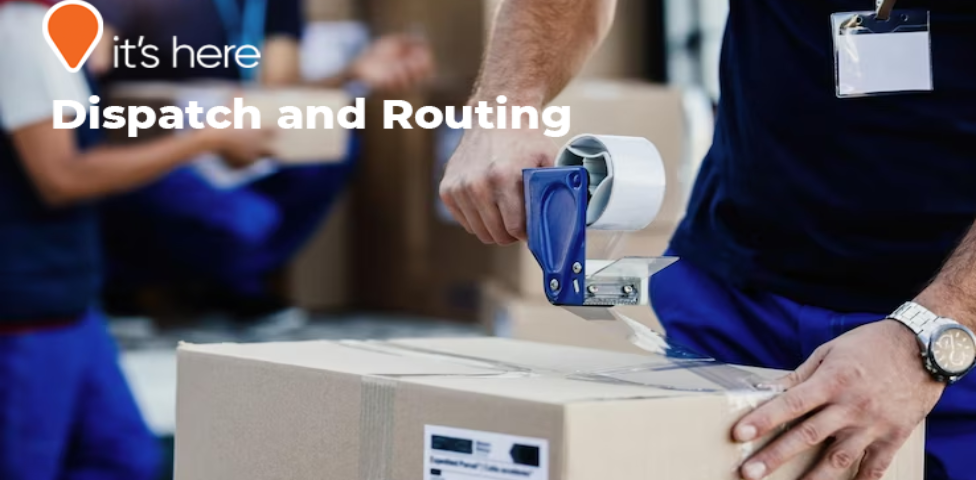
After the order is prepared, it is dispatched to the appropriate delivery personnel or third-party logistics providers (3PLs). Dispatchers assign routes and optimize the delivery schedule based on factors such as proximity, order volume, and time constraints. Route optimization software helps determine the most efficient routes, considering factors like traffic conditions and delivery deadlines.
3. Delivery Execution
Delivery personnel, whether company employees or contracted drivers, embark on their routes to deliver the packages. They navigate through the designated delivery areas, following the optimized routes. Delivery vehicles, ranging from small vans to bicycles or even drones in certain cases, are employed depending on the nature of the delivery and the local infrastructure.
4. Real-Time Tracking and Communication
To provide transparency and keep customers informed, final mile track customer service and communication systems are utilized. Customers can track their packages through online portals or mobile apps, receiving updates on the estimated delivery time and any changes or delays. Delivery personnel can also communicate directly with customers to coordinate delivery specifics or address any concerns.
5. Delivery Confirmation and Customer Feedback
After the package is successfully delivered, the customer confirms receipt. This can be done through electronic signatures, delivery confirmation emails, or customer feedback systems. Feedback allows businesses to assess the quality of the delivery experience, make improvements, and ensure customer satisfaction. That’s how Final-Mile Delivery Works.
Innovations in Final Mile Delivery
Advancements in technology and logistics have led to several innovative solutions in final-mile delivery, such as The Last-Mile Delivery Solutions. Some notable examples include:
1. Smart Lockers and Pickup Points
Smart lockers and pickup points provide customers with the option to collect their packages from convenient locations, such as secure lockers in residential areas or designated pickup points at retail stores. This approach adds flexibility and convenience for customers, especially when they are unable to receive deliveries at home.
2. Delivery by Drones and Autonomous Vehicles
Emerging technologies like drones and autonomous vehicles are being explored for final mile delivery. These innovations have the potential to revolutionize the delivery landscape, allowing for faster and more efficient deliveries, particularly in urban areas or remote regions with challenging access.
The Role and Functions of a Final Mile Carrier
A final mile (last-mile) carrier plays a crucial role in the final stage of the delivery process, where packages are transported from distribution centers or fulfillment hubs to the end customers. Let’s explore the key responsibilities and functions of a final mile carrier:
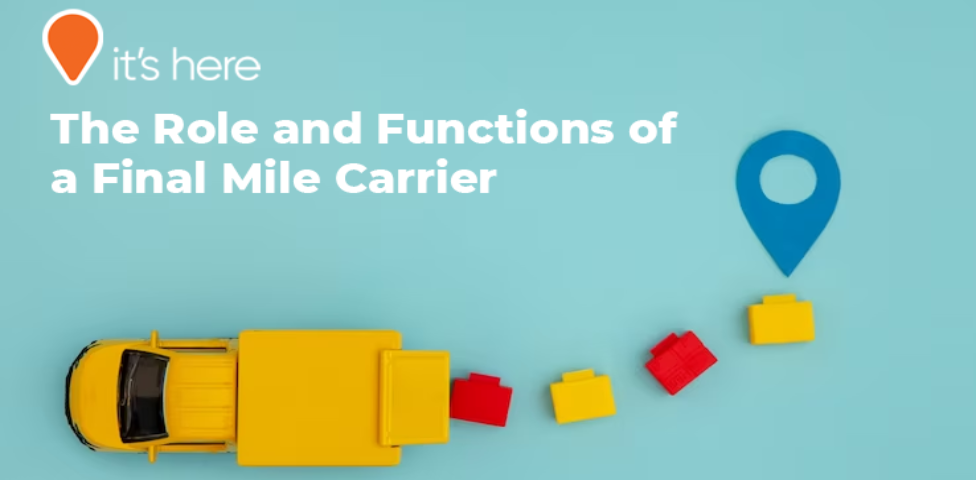
1. Efficient Package Sorting and Loading
Upon receiving packages from distribution centers, last-mile carriers carefully sort and organize them based on their delivery destinations. This process ensures that packages are grouped and loaded onto the appropriate vehicles for efficient routing and timely delivery.
2. Reliable Package Delivery
Once the routes are planned, last-mile carriers dispatch their drivers to deliver packages to the intended recipients. Delivery drivers follow the designated routes, making stops at each customer’s address to ensure the safe and accurate delivery of packages. They are trained to handle packages with care and provide a positive customer experience during the delivery process.
3. Handling Returns and Reverse Logistics
Last-mile carriers also handle the management of returns and reverse logistics. In the event that a customer wishes to return a package, the carrier arranges for the pickup of the item and ensures that it is returned to the appropriate location, such as the retailer or fulfillment center. Efficient returns management contributes to customer satisfaction and streamlines the overall logistics process.
4. Customer Service and Support
Final Mile carriers prioritize providing excellent customer service and support. They address customer inquiries, concerns, or delivery-related issues promptly and professionally. Responsive customer support enhances the overall delivery experience and builds trust between the carrier and the customer.
The Cost Factors of Final Mile Delivery
Final Mile delivery costs can vary depending on several factors, and it’s important for businesses to understand the key elements that contribute to these expenses. Let’s explore the cost factors associated with final mile delivery:
1. Distance and Delivery Area
The distance between the fulfillment center or retailer and the end customer’s location plays a significant role in determining the cost of final-mile service. Longer distances generally result in higher transportation expenses, especially when considering factors such as fuel costs and driver wages. The delivery area, including factors like rural versus urban locations, can also impact the cost due to variations in accessibility and routing complexities.
2. Package Size and Weight
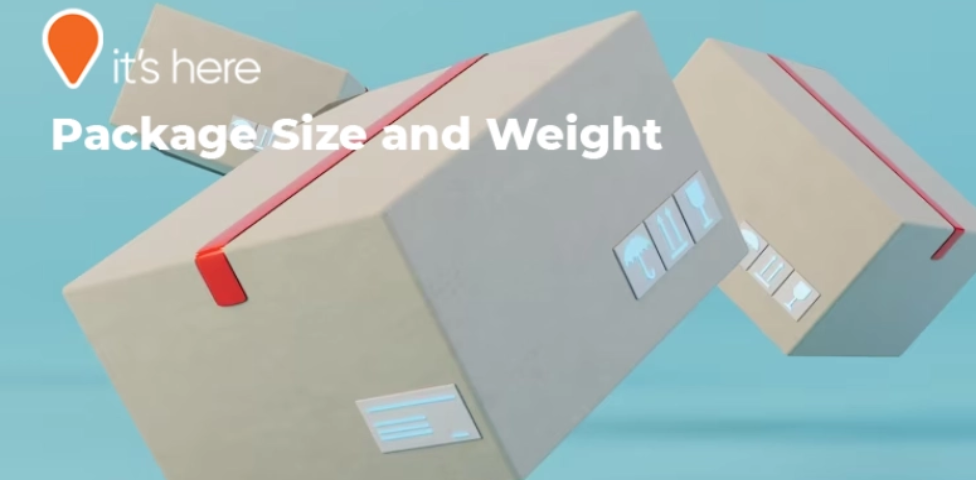
The size and weight of packages being delivered can influence the cost of final-mile delivery. Bulkier and heavier packages may require special handling, larger vehicles, or additional manpower, leading to increased expenses. It’s important for businesses to optimize packaging to ensure efficient use of space and minimize shipping costs without compromising the safety of the products.
3. Delivery Speed and Service Level
The desired delivery speed and service level chosen by the customer can affect the cost of last-mile service. Faster delivery options, such as same-day or next-day delivery, often come with higher costs due to the need for expedited handling and dedicated resources. Offering various delivery options and allowing customers to choose their preferred service level can provide flexibility while managing costs.
4. Peak Seasons and Demand Fluctuations
During peak seasons, such as holidays or special sales events, the demand for Final Mile services can significantly increase. This surge in demand may lead to higher costs due to the need for additional resources, increased staffing, and potential capacity constraints. Planning ahead and preparing for peak seasons can help mitigate the impact on costs.
5. Technology and Operational Efficiency
Investing in technology and operational efficiency can have a positive impact on reducing final-mile service costs. Implementing route optimization software, real-time tracking systems, and warehouse automation can streamline operations, improve delivery routes, and minimize unnecessary expenses. Leveraging technology and data-driven insights can enhance overall efficiency and cost-effectiveness.
Summary
Mastering the intricacies of final-mile delivery is pivotal. It’s the linchpin of supply chains, shaping customer satisfaction. By grasping its nuances and embracing advancements, businesses refine operations, ensuring timely deliveries, and meeting the dynamic expectations of today’s consumers. How Final-Mile Delivery Works is integral.
By continuously refining the final mile service process and embracing technological advancements, businesses can navigate the challenges of this crucial stage and ensure efficient, timely, and seamless delivery experiences for their customers.
